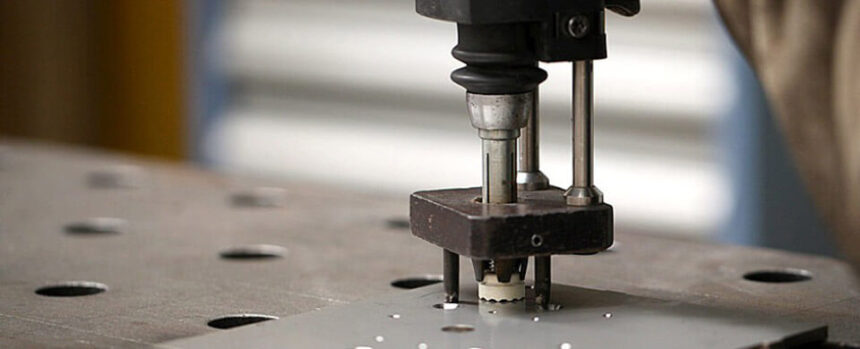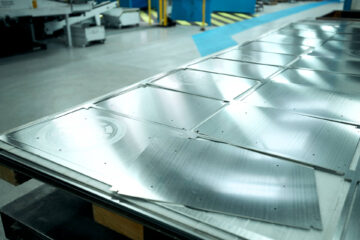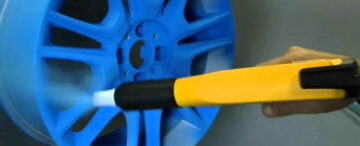
What is Stud Welding? Stud Welding is a type of electric arc welding in which a fastener or a specially formed nut is welded onto another metal part, usually a metal base. The fastener/nut and the base can be made from various metals, including steel, stainless steel, and aluminium. Weld nuts usually have a flange with small nubs that melt to form the weld. Fasteners are traditionally threaded, unthreaded, or tapped, and bolts can automatically be fed into a stud welder.
The fastener or metal stud is attached to the metal base by heating both components with an arc. Arc stud welding ensures optimal weld penetration and dependability across various applications, utilising a DC power supply to generate the arc.
The Benefits of Stud Welding
Strength
Fusing the two welded metals creates a stronger weld than the two metal parts, allowing it to withstand breaks and losses.
Cleaner Design
Stud welding is a one-sided process. No holes are required, so securing a stud weld is possible without blemishing the structure. This gives a much cleaner design than other methods.
Speed
Each stud weld takes milliseconds, which is likely why many industries use it. This vastly increases productivity.
Cost Efficiency
Stud welding is a fantastic method because it’s not only quicker—it also helps you save both time and money! Plus, it comes with lower maintenance costs than many other welding techniques.



